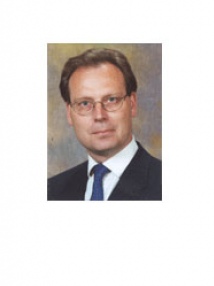BibTex format
@article{Schiener:2018:10.1080/13647830.2018.1472391,
author = {Schiener, MA and Lindstedt, RP},
doi = {10.1080/13647830.2018.1472391},
journal = {Combustion Theory and Modelling},
pages = {1134--1175},
title = {Joint-scalar transported PDF modelling of soot in a turbulent non-premixed natural gas flame},
url = {http://dx.doi.org/10.1080/13647830.2018.1472391},
volume = {22},
year = {2018}
}

